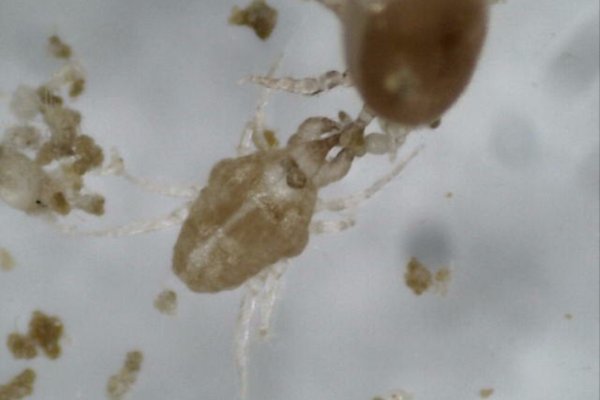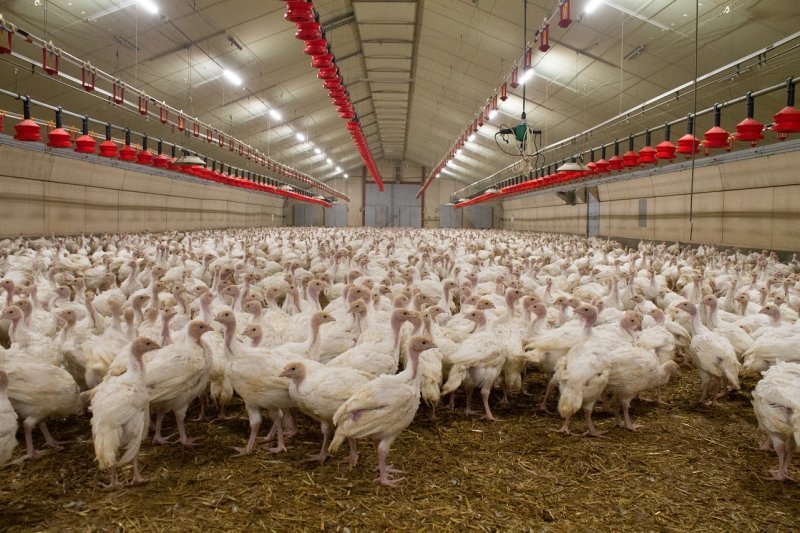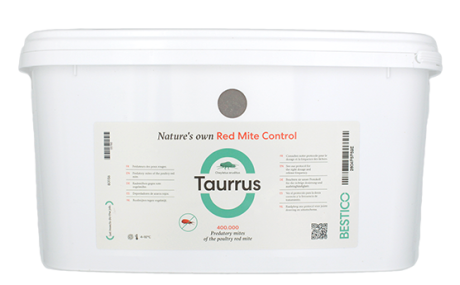How does it work
Taurrus contains predatory mites that are very useful for the biological control of certain pests, in particular mites invading meat poultry farms, mites that develop in food storage or even red mites. Biological control consists of releasing predatory mites on the site where the pests are present. This can be done preventively or curatively. Taurrus has a significant ability to survive in the absence of food.
Predatory mites must be released as soon as possible after delivery, in the areas containing the parasites. In meat poultry, predatory mites are released directly onto the litter and around the walls. In the storage silo, Taurrus should be released when emptying the silo, directly on the ground or on the foodstuffs (grain or animal feed). Taurrus is completely safe for the user and his environment and is produced under strict biosafety conditions.




